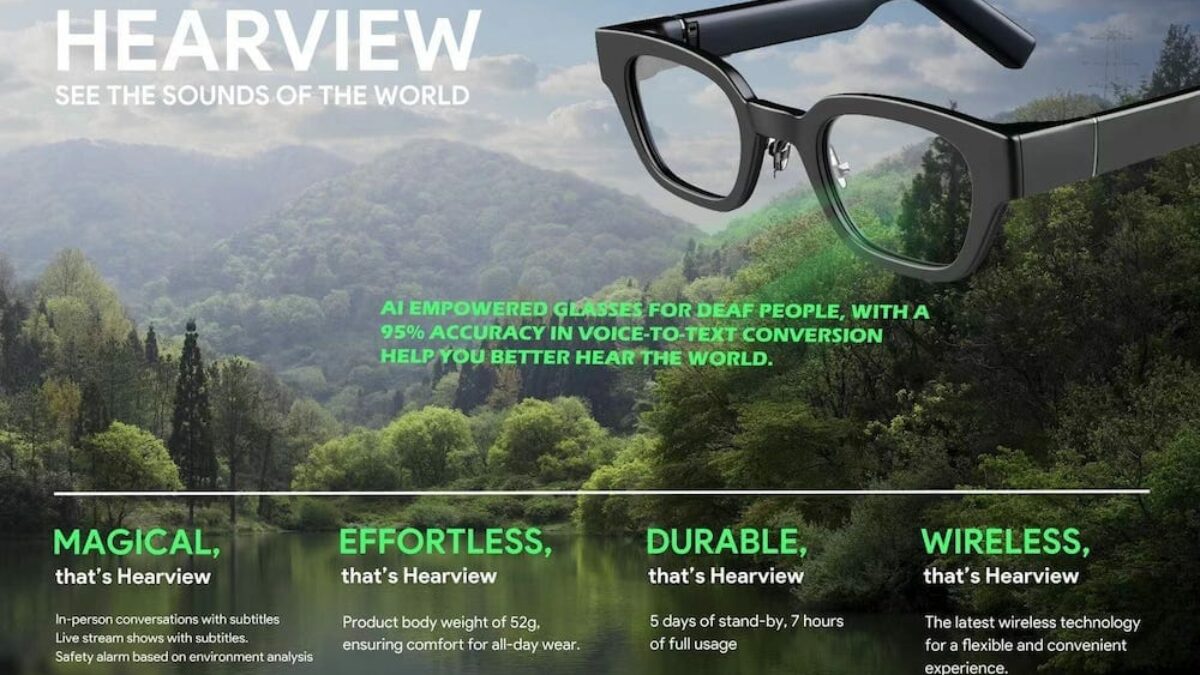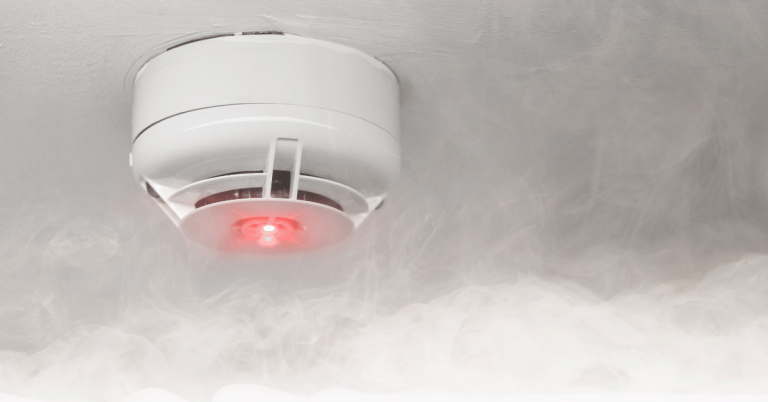In today’s fashion world, false eye spectacles (also known as fashion glasses or non-prescription eyewear) have become a style statement. Many people wear them to enhance their look, appear professional, or protect their eyes from dust and digital screens.
However, if you already have these stylish frames, it’s smart to convert false eye spectacles into real prescription glasses rather than buying a new pair. This process is not only cost-effective but also eco-friendly, as it reduces waste by reusing your existing frames.
Whether you want to improve your vision or protect your eyes with blue-light filters, converting your false spectacles is easier than you think. Let’s explore how you can do it professionally and safely.
Step 1: Identify Your Frame Type
The first step in the process is to understand what kind of frame you have. Not all false eye spectacles are suitable for prescription lenses.
Frames come in various materials—plastic, acetate, metal, or titanium. High-quality fashion glasses can usually accommodate prescription lenses, but cheap novelty frames might not withstand the lens replacement process.
When you decide to convert false eye spectacles, inspect the frame’s durability. If the frame feels sturdy and flexible, it’s likely a good candidate for conversion.
Step 2: Check Lens Compatibility
Some fashion glasses come with non-removable lenses glued into the frame. To convert false eye spectacles, these lenses must be replaceable.
You can test this by gently pressing on the lenses—if they pop out or have visible grooves along the rim, they can usually be replaced. If not, a professional optician can help assess whether the frame can be adapted.
Step 3: Get a Professional Eye Test
Before you can fit prescription lenses, you need a current eye prescription. Visit an optometrist to get an accurate eye exam.
The optometrist will measure your sphere (SPH), cylinder (CYL), axis, and pupillary distance (PD). These values are essential for cutting lenses to fit your needs.
Once you have your prescription, you’re ready to move on to the next step—ordering lenses to convert false eye spectacles effectively.
Step 4: Choose the Right Lens Type
There are various lens options to consider depending on your needs:
- Single Vision Lenses: For near or distance correction.
- Bifocal Lenses: For both near and far vision.
- Progressive Lenses: For seamless focus between different distances.
- Blue-Light Filtering Lenses: For digital screen protection.
- Photochromic Lenses: These darken in sunlight and clear indoors.
If your goal is to convert false eye spectacles into something both functional and stylish, consider lenses that match your lifestyle—such as anti-glare or scratch-resistant coatings.
Step 5: Visit a Trusted Optician or Lens Replacement Service
While some online services can help you order replacement lenses, visiting a licensed optician is recommended for the best results.
They can inspect your frame, ensure proper fitting, and suggest the best lens material (plastic, polycarbonate, or high-index). The optician will also verify if the frame alignment can handle prescription lenses without damage.
Converting your false spectacles through a professional ensures you don’t risk breaking them.
Step 6: Send Your Frames for Conversion
After choosing your lenses, you’ll need to send your false eye spectacles to the optical lab for lens fitting.
Reputable companies offer mail-in services where you ship your frames, and they return them with new prescription lenses installed.
During this stage, the lab will cut and fit lenses precisely into your frame, ensuring optical accuracy and comfort.
Step 7: Inspect the Finished Glasses
Once your converted glasses are ready, carefully inspect them. Check for:
- Lens clarity and cleanliness
- Proper alignment and symmetry
- Comfortable fitting on your face
When you convert false eye spectacles professionally, the final product should feel just like brand-new prescription glasses—clear, balanced, and comfortable.
Step 8: Adjust and Maintain Your Glasses
After converting, you might need slight adjustments for comfort. Opticians can tweak the frame arms, nose pads, or hinges to ensure a perfect fit.
To extend the life of your converted glasses, follow these care tips:
- Clean lenses daily with microfiber cloths.
- Avoid hot water or harsh chemicals.
- Store them in a hard case when not in use.
Proper maintenance ensures your converted false spectacles stay durable and functional for years.
Step 9: Add Optional Enhancements
Want to upgrade your glasses even further? You can request advanced features such as:
- Anti-reflective coatings for better vision clarity
- UV protection to guard against harmful rays
- Hydrophobic coating to repel dust and water
Adding these options enhances the comfort and usability of your converted eyewear, especially if you spend long hours outdoors or on digital devices.
Step 10: Know When Replacement Is Needed
Even high-quality glasses have a lifespan. Over time, prescriptions change and frames wear out.
Experts recommend checking your vision every 12 to 24 months and replacing your lenses accordingly.
If your frame becomes loose, warped, or damaged, it may be safer to purchase new glasses instead of trying another conversion.
Benefits of Converting False Eye Spectacles
There are several compelling reasons to convert false eye spectacles instead of buying new ones:
- Cost-Effective: Save money by reusing frames you already love.
- Sustainable: Reduce waste and promote eco-friendly practices.
- Personalized Style: Keep your favorite look while adding function.
- Convenience: No need to search for new designs or fits.
It’s an easy and practical way to upgrade your eyewear without losing your personal style.
Common Mistakes to Avoid
When attempting to convert false eye spectacles, avoid these common pitfalls:
- Trying to replace lenses yourself without proper tools.
- Using low-quality or novelty frames.
- Ignoring accurate prescription measurements.
- Forgetting to check PD (pupillary distance), which ensures lens alignment.
Working with a certified optician is the best way to ensure your conversion is successful.
Conclusion
Learning how to convert false eye spectacles into real prescription glasses is a smart, sustainable, and budget-friendly decision.
By following these steps—getting an eye test, choosing the right lenses, consulting professionals, and maintaining your frames—you can easily transform your stylish but non-functional glasses into vision-correcting tools.
Whether for fashion, comfort, or environmental responsibility, converting your false spectacles is the perfect blend of style and practicality.
FAQs
1. Can I convert any false eye spectacles into prescription glasses?
Not all frames are suitable. High-quality metal or acetate frames can usually handle prescription lenses, but cheap plastic ones may not.
2. How long does it take to convert false eye spectacles?
Typically, it takes 3 to 7 business days once your optician sends them to the lens lab.
3. Is it cheaper to convert false spectacles or buy new ones?
Converting is often 30–50% cheaper than purchasing new designer frames with prescription lenses.
4. Can I add blue light or UV protection when I convert false eye spectacles?
Yes, you can request blue-light filtering, UV protection, or anti-glare coatings during the conversion process.
5. Where can I get my false spectacles converted?
You can visit a local optician, eyewear store, or use online lens replacement services that specialize in false eye spectacles conversion.
Also read:7 Facts About JLab Be Aware Mode Explained | Stay Aware While You Listen




Leave a Comment